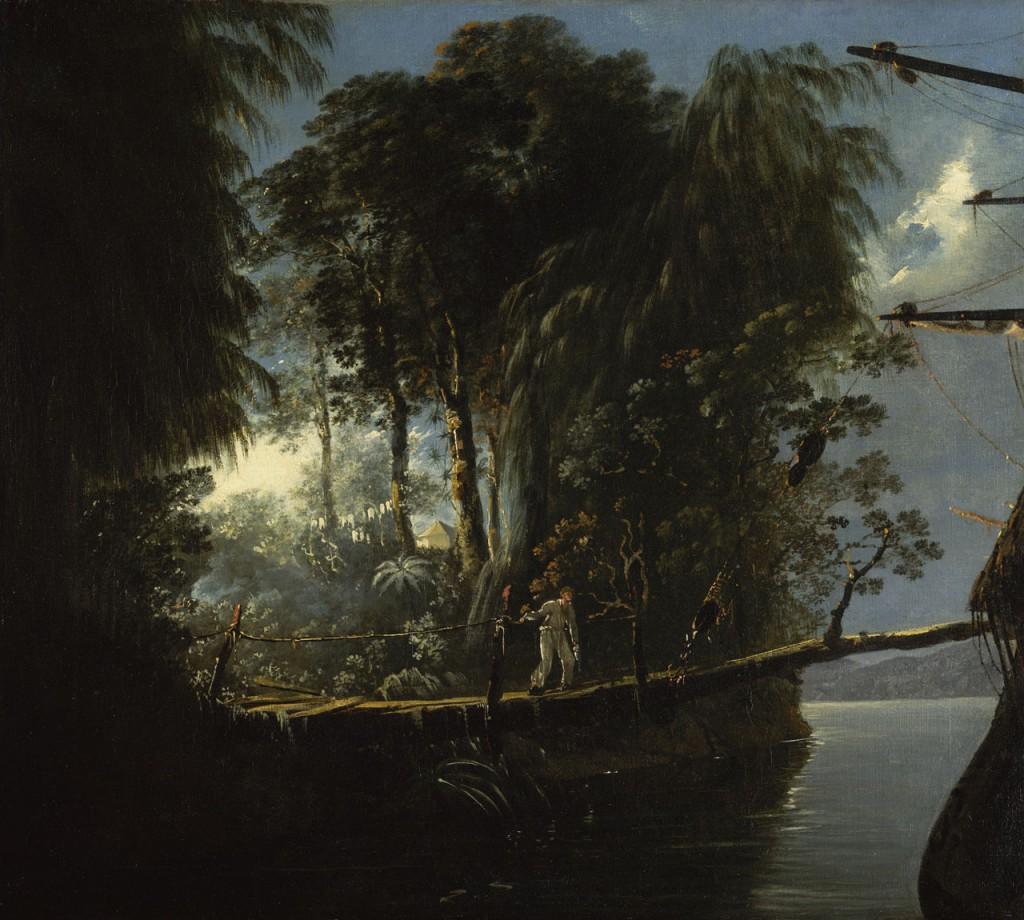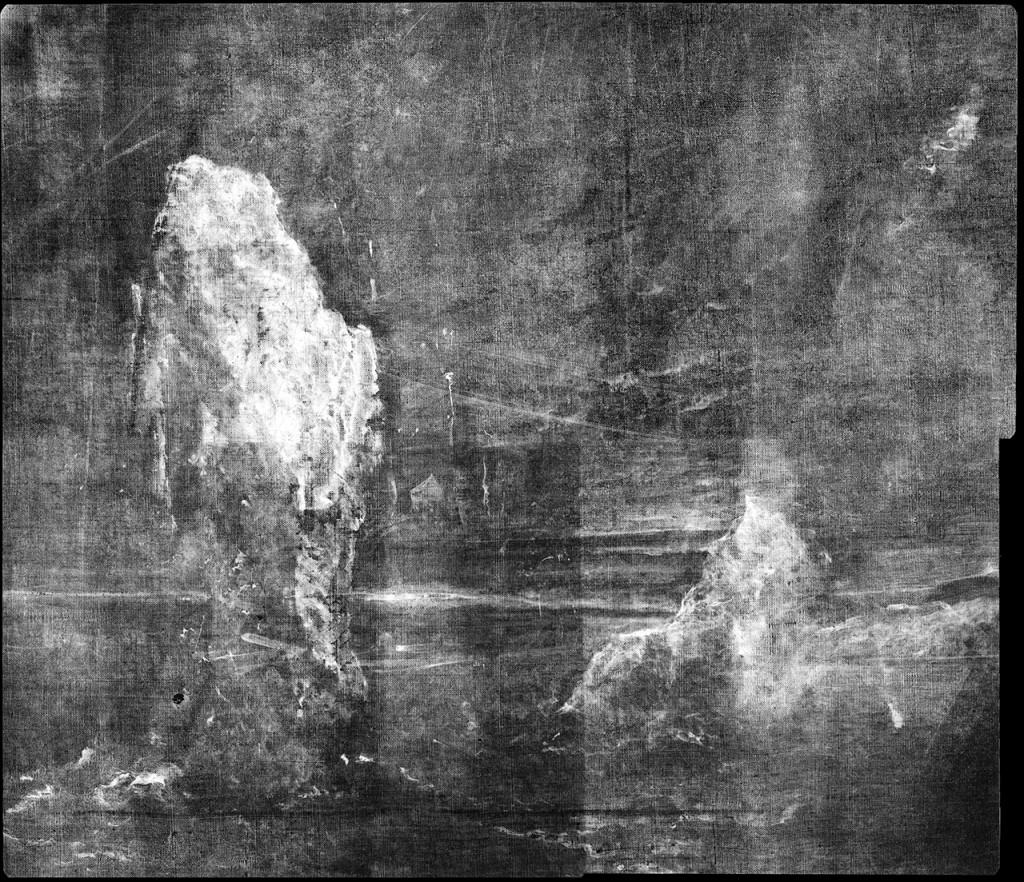Essential Information
| Location |
Royal Observatory
|
|---|---|
19 Aug 2014
The Art & Science of Exploration 1768-80 exhibition (now closed) focused on the art from Captain Cook's three voyages, on which he also tested the two main longitude solutions.
We considered how the artists on Cook's voyages acted both to make accurate scientific records of the new lands and peoples that they encountered, and to produce more imaginative artistic responses. Together these changed forever how the European public saw the Pacific.
Over on the Museum's Collections blog I posted about one particular painting by William Hodges which shows two very different views of Cook's voyage experience. My discussion is cross-posted below ... --- In 2004-5, the Museum staged an exhibition on the career of William Hodges (William Hodges 1744-1797: the Art of Exploration), which considered his art from Cook’s second voyage alongside his work in India for the Governor General, Warren Hastings.
As part of the preparation, Hodges’ paintings were all looked at by the Conservation Department to ensure they were in tip-top condition. Completely unexpectedly, some x-radiography carried out on one painting revealed something exciting.
‘View in Pickersgill Harbour, Dusky Bay, New Zealand’ is known to have been painted by Hodges on the voyage, recording the Resolution and Discovery’s first landfall in New Zealand. The harbour was named after the Resolution’s third lieutenant, Richard Pickersgill, who had observed the location’s particular safety and convenience as an anchorage due to the deep water close in to the shore. The bay as a whole struck Cook’s party with its beauty and loneliness. It also seemed paradise after their previous arduous sweep of the Antarctic Ice in search of an unknown Southern Continent. Hodges’ painting captures the happy, domestic scene with the astronomer William Wales’ observation tent visible between the trees, washing hung out to dry and smoke rising from the camp fire. A sailor carries a blue fish across the natural gangway to the Resolution visible on the right.
It was thought that Hodges made no visual record of the ships’ previous experiences in the Antarctic, but X-rays of the warm scene in Pickersgill Harbour revealed a frosty original beneath. Two icebergs are clearly visible, with the thickly applied lead white pigment making their shapes and the highlights on the rough water very clear. The curiously shaped iceberg on the left, in particular, corresponds exactly with a gouache painting by the voyage naturalist George Forster (now in the Mitchell Library). William Wales also vividly described this iceberg as like ‘an old square castle, one end of which had fallen into Ruins, and it had a Hole quite through it whose roof so exactly resembled the Gothic arch of an old Postern Gateway that I believe it would have puzzled an Architect to have built it truer’ [Wales, MS Journal, 23 February 1773, Safe 1/84, Mitchell Library, Sydney]. This is the first known depiction in oils of the Antarctic, and Hodges’ only known image of this part of the voyage. The discovery of this vanished painting under Pickersgill Harbour prompted a film to be made [Conserving Hodges] in which Caroline Hampton, Head of Painting Conservation, explained a discovery as exciting as any made by Cook himself! This is just one of the stories of Cook’s voyages that the new exhibition in the Queen’s House, The Art and Science of Exploration, 1768-80, will bring to life. Katy will be further exploring the relationship between art, science and exploration on Saturday 18 October in Science, Voyaging, Art, Empire: Study Day

